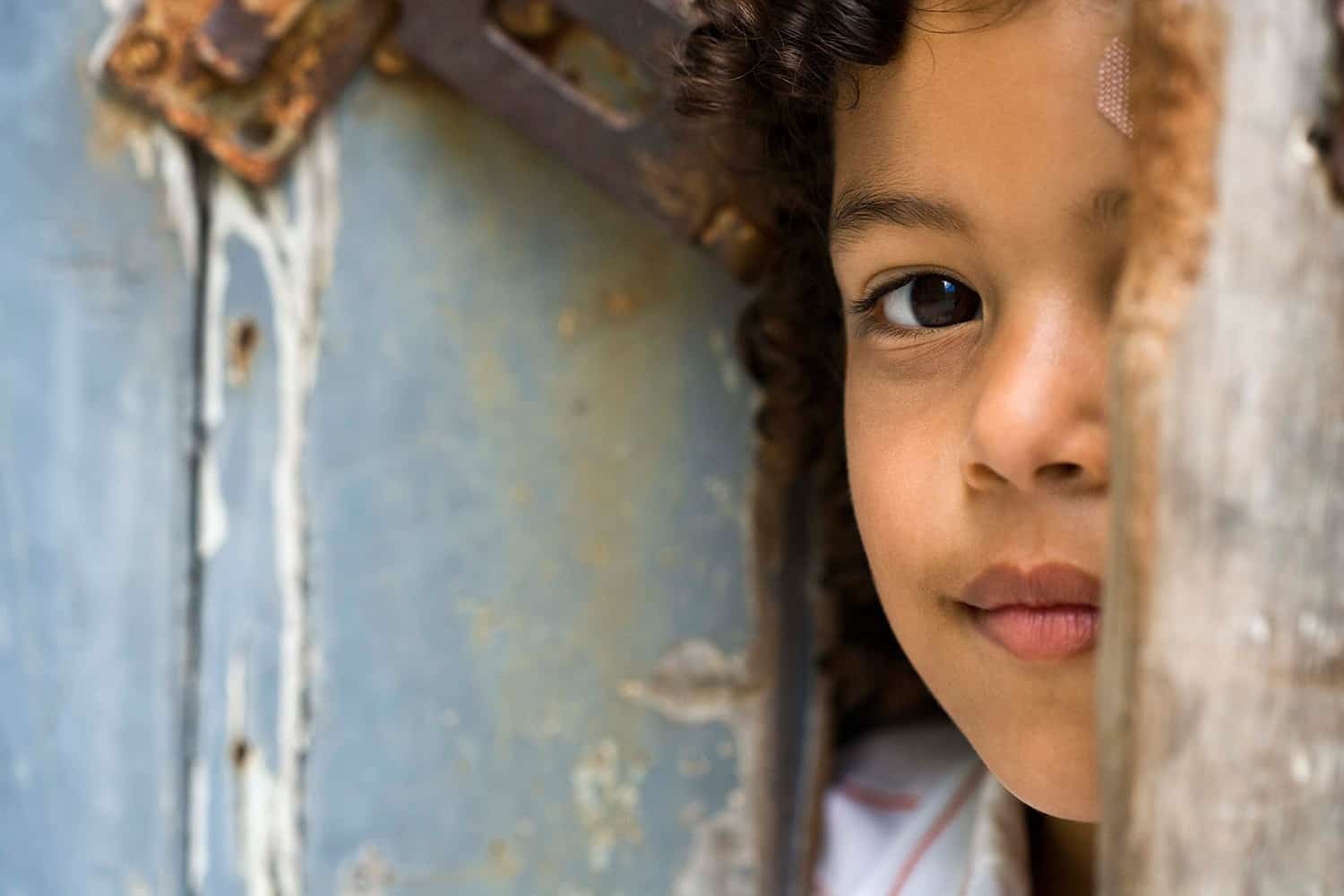In the US, up to 25% of children under the age of 17 are “at risk”. This means 18 million youths are facing issues with poverty, health, family problems, substandard living conditions, and inadequate education. These “at risk” students are considered to have a higher probability of failing academically or dropping out of school.
Any child can be at risk, and financial security is only one of many factors that can create challenges for our youth. Influences include pop culture, peers, family dysfunction, and personality disorders. Factors affiliated with ‘at risk’ youths include their age, social media, sexual activity, social groups/gangs, drug use, and gender.
In order to help children who are considered at risk, we need to identify the challenges, communicate clearly with the children and the adults in their lives, and explore ways to help those who are experiencing vulnerability. Some children are ‘at risk’ due to their environment which may include parents with substance abuse challenges or children who live in high crime or violent communities.
When identifying children at risk, several factors come into play.
In the elementary years, the child may exhibit behavioral problems, such as aggression, that are not easily resolved. Older children may become antisocial or make poor choices when it comes to choosing their friends. Children can experiment with drugs, be impulsive, and have poor attendance records. Juvenile delinquency and violence may also play a large part in the lives of “at risk” youth.
Children need stability and consistency – ideally from their family, school, and the community. The family environment plays a large part in the development of the whole child and strong parenting skills can be an advantage. Parental partnerships with teachers, coaches, and mentors to provide additional support and encouragement which is vital to a child’s success.<
What else does an “at risk” youth need to be successful?
Positive community ties from businesses sponsoring sports teams, fundraising and volunteer activities, and mentoring programs can help children develop self-confidence and coping skills. Increasing positive community ties has the potential to improve economic outcomes for at risk youth and has the likelihood to reduce negative or risk-taking behaviors. The strengthening and mobilizing of communities can build strong youth which in turn develop into ideal role model citizens. The community relationship not only includes social services initiatives, but also includes the media, local business leaders, faith communities, policymakers, recreation activities, schools, juvenile justice, housing authority, and law enforcement.
Early identification and intervention can reduce the number of “at risk” teens and provide these children with a brighter future. Nannies working for families with “at risk” children are an important part of both the family and the community.
To learn more, a Children at Risk course is available with enrollment in the Specialist Childcare program.


Recent Comments